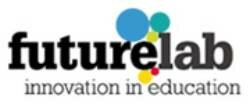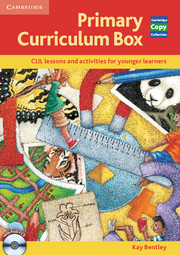FOUND AT: http://www.futurelab.org.uk

Developing the home-school relationship using digital technologies
March 2010
Lyndsay Grant, Futurelab
Executive summary
In recent years there has been a growing understanding of the importance of factors outside the immediate school environment in explaining children’s success in school.
At the same time, there has been increasing attention paid to the ways in which children’s home and family cultures are valuable learning environments in their own right. How children’s schools relate to and work together with their home environments is therefore a critical subject for school staff to consider in order to support children’s learning in the widest sense.
Parental engagement in children’s learning has seen particular attention from policy-makers and practitioners, as part of a wider drive to improve children’s achievement and narrow the gap between children from disadvantaged backgrounds and their peers. Schools are also being encouraged and expected to make information and access to learning resources available online for children and their parents.
The availability of a home computer and internet access is seen as important enough for learning that the Home Access initiative announced plans to support low income families to acquire these technologies.
The research project on which this handbook is based was situated within the context outlined above. It sought to understand the needs and aspirations of teachers, parents and children for the home-school relationship, and how the use of digital technologies may support as well as raise new issues for homeschool relationships.
The emphasis on parental engagement, as well as much work on home-school relationships, has tended to focus on the relationship between parents and children’s schools, but children themselves play an active role in mediating between their home and school contexts, making connections between the learning they do at school and home (or not), and actively facilitating or resisting their parents’ involvement in their learning. Children therefore need to be considered as at the heart of any strategies to support home-school relationships and parents’ engagement in children’s learning.
Education should equip people to participate in the world in which they live, to make informed choices and to have some agency over their own lives and the lives of the local and global communities of which they are part. Children’s learning is not restricted to the time they spend in school. Through homework, through following their own interests and hobbies, and through participation in activities with their family and peers they are often engaging in personally meaningful learning. Underpinning this research project therefore is the idea that children need to be able to make meaningful connections between their learning in school and the learning and cultures of their home environments. Education aims to broaden young people’s horizons, develop their aspirations and make new opportunities available to them – but for these goals to be realistic it first needs to connect with their lived experiences. Schools need to consider ways to bring the knowledges and cultures of home into ‘conversation’ with the knowledges and cultures of school, supporting children to draw on all the resources available to them to enable them to become resilient and resourceful learners.
The starting point for thinking about homeschool relationships needs to adopt a ‘wealth’ rather than a ‘deficit’ model. The unique contribution of children’s home and family life needs to be valued and validated, and developed and built on to support children’s learning at home, rather than attempting to introduce a completely new and alien set of school-based requirements on children and their families.
Negotiating the needs and aspirations of teachers, parents and children for the homeschool relationship is likely to reveal tensions between different groups’ priorities. Teachers, parents and children are not homogenous groups and each will have different priorities, which need to be acknowledged. A more explicit process of negotiation and consultation could support the development of shared expectations of the respective roles and responsibilities of teachers, parents and children.










